How to Calculate the Break-Even Point
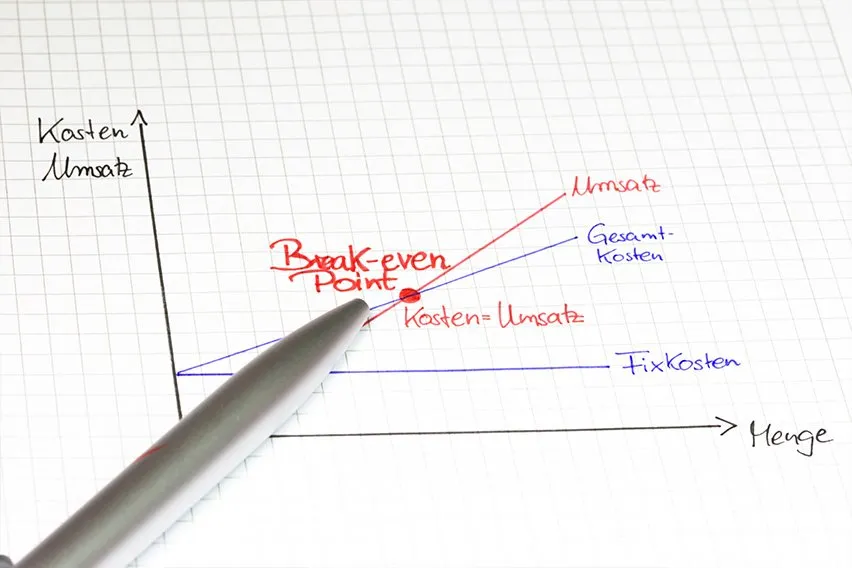
To calculate the break-even point in units use the formula: Break-Even point (units) = Fixed Costs ÷ (Sales price per unit – Variable costs per unit) or in sales dollars using the formula: Break-Even point (sales dollars) = Fixed Costs ÷ Contribution Margin.
Here’s What We’ll Cover:
What Is the Formula for the Break Even Point?
What Is the Break-Even Point?
The break-even point allows a company to know when it, or one of its products, will start to be profitable. If a business’s revenue is below the break-even point, then the company is operating at a loss. If it’s above, then it’s operating at a profit.

How to Calculate Break Even Point in Units
FIXED COSTS ÷ (SALES PRICE PER UNIT – VARIABLE COSTS PER UNIT)
Fixed Costs – Fixed costs are ones that typically do not change, or change only slightly. Examples of fixed costs for a business are monthly utility expenses and rent.
Sales Price per Unit- This is how much a company is going to charge consumers for just one of the products that the calculation is being done for.
Variable Costs per Unit- Variable costs are costs directly tied to the production of a product, like labor hired to make that product, or materials used. Variable costs often fluctuate, and are typically a company’s largest expense.
The calculation is as follows:
Total variable costs ÷ Total units produced
Break-Even Point (BEP) Formula
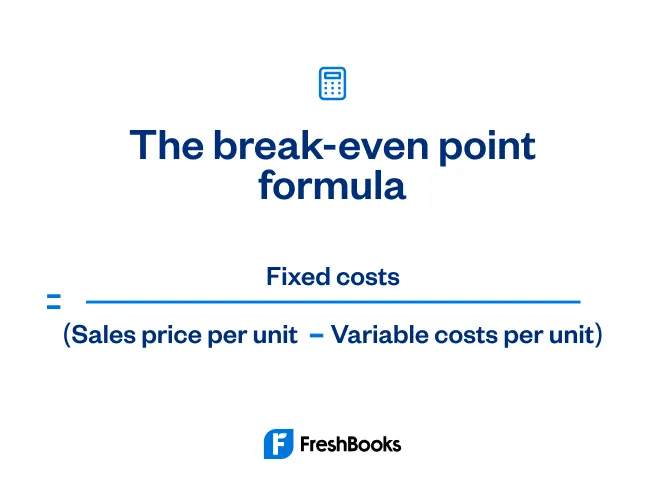
Break-Even Point Examples
Let’s show a couple of examples of how to calculate the break-even point.
Sam’s Sodas is a soft drink manufacturer in the Seattle area. He is considering introducing a new soft drink, called Sam’s Silly Soda. He wants to know what kind of impact this new drink will have on the company’s finances. So, he decides to calculate the break-even point, so that he and his management team can determine whether this new product will be worth the investment.
His accounting costs are as follows, for the first month the product will be in production:
Fixed Costs = $2,000 (total, for the month)
Variable Costs = .40 (per can produced)
Sales Price = $1.50 (a can)
Calculating The Break-Even Point in Units
Fixed Costs ÷ (Sales price per unit – Variable costs per unit)
$2000/($1.50 – $.40)
Or $2000/1.10
=1818 units
This means Sam needs to sell just over 1800 cans of the new soda in a month, to reach the break-even point.

Calculating The Break-Even Point in Sales Dollars
Fixed Costs ÷ Contribution Margin (Sales price per unit – Variable costs per unit, with resulting figure then divided by sales price per unit)
$2000/.7333=$2727
This means Sam’s team needs to sell $2727 worth of Sam’s Silly Soda in that month, to break even. Anything after that amount, will be profit for the company.
To confirm this figure, you can take the 1818 units from the first calculation, and multiply that by the $1.50 sales price, to get the $2727 amount.
More Resources on Small Business Accounting
RELATED ARTICLES

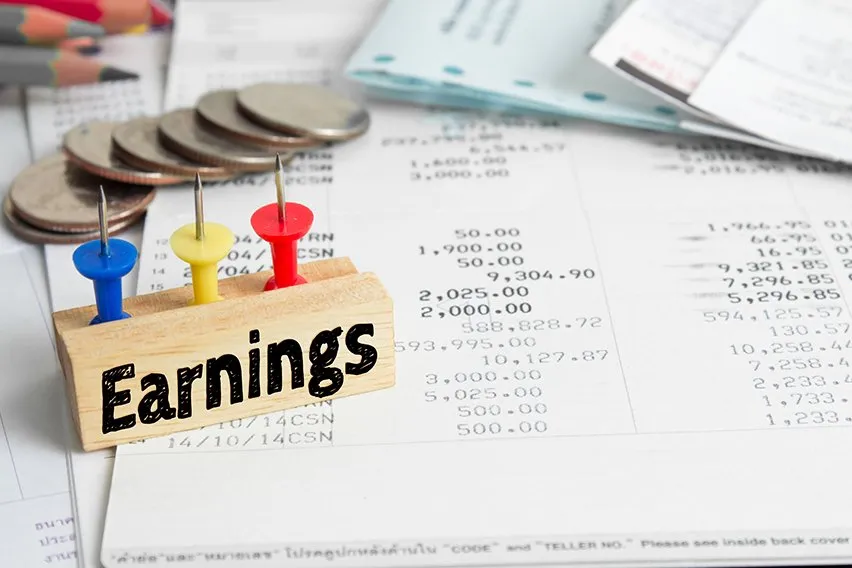 How to Calculate Retained Earnings: Formula and Example
How to Calculate Retained Earnings: Formula and Example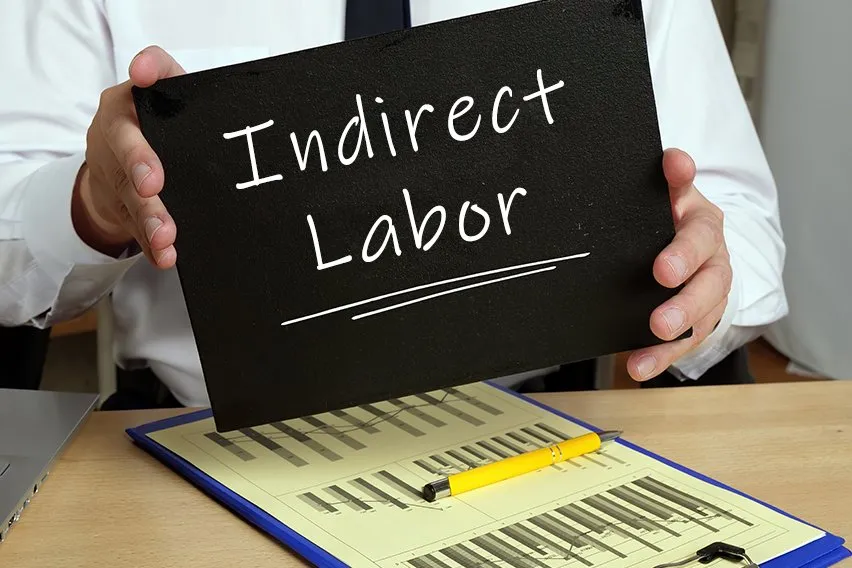 What is Indirect Labor Cost?
What is Indirect Labor Cost? What is Journalizing Transactions?
What is Journalizing Transactions? What Does an Accountant Do?
What Does an Accountant Do?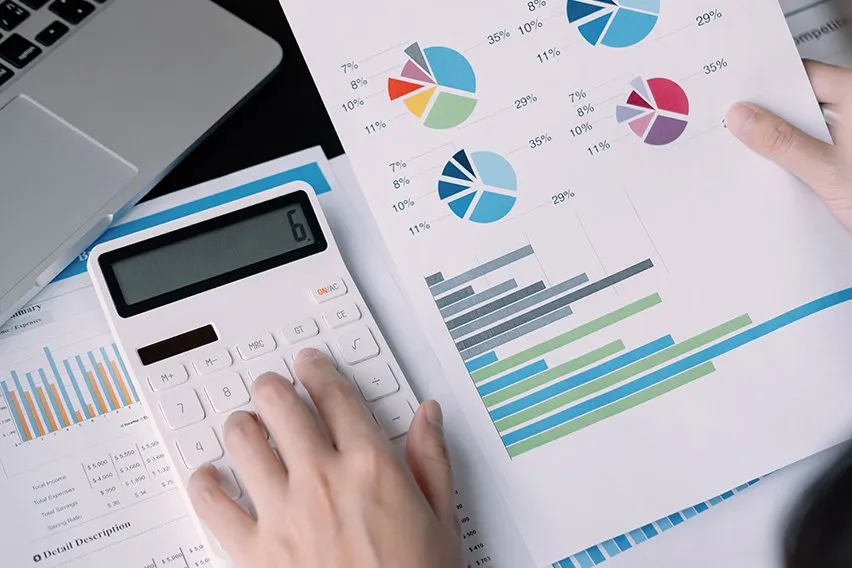 Accounting for Loans Receivable: Here’s How It’s Done
Accounting for Loans Receivable: Here’s How It’s Done Balance Sheet: Definition, Components, and Example
Balance Sheet: Definition, Components, and Example